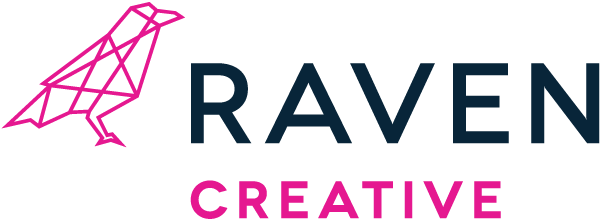If you’re a business leader, we don’t need to tell you the importance of a website. It helps you to share your business, promote your products or services and find new customers – it’s the most common way to generate revenue. Your homepage, however, is the most important aspect of your website. It’s the very first impression that your future customers see when visiting your website and, if done correctly, your homepage has the power to keep clients coming back.
According to SWEOR.com, it takes about 0.05 seconds for users to form an opinion about your website that determines whether they stay or leave. It’s a short amount of time to make a big impact. Get your pen and paper ready because we’re going to walk you through building a powerful homepage for your website that generates leads and retains customers.
While all information on your website is paramount, avoid bogging down with too much information. A good homepage is clear, concise and straight to the point.
Let’s start here: an effective homepage should answer these five questions:
- Who are you?
- What is your expertise?
- Who do you serve?
- How can you help?
- What do I do next?
Who Are You?
For future customers visiting your site, the number one question on their mind is, “who are you and why should I care?” You know who you are, but how do you convey that to your audience? Create a streamlined elevator pitch for your visitors, letting them know who you are in concise, jargon-free language. This is your first impression, so make it good. You’re laying the foundation for your company’s reputation. Take our Raven Creative homepage for example. Within the hero space, we’ve included a powerful image that shows collaboration, alongside succinct statements that clarify not just what we do, but how it benefits our customers.

What Is Your Expertise?
So, your potential customer did a quick Google search with a few key words, and they’ve landed on your homepage. With a quick scan of your homepage, they should be able to understand exactly what product or service you provide.
Circling back to the Raven Creative website. Not only do we tell our audience who we are, but we also tell them what we do and how we can help: “Strategic. Not only do we tell our audience who we are, but we also tell them what we do and how we can help: “Strategic and tactical marketing support to help growing organizations thrive.”
Our potential clients don’t need to wonder if they’ve landed on the right website because we’ve assured them that they’ve come to the right place.
As the visitor scrolls the page, we take a deeper dive into the exact ways in which we support the goals of our clients Rather than spending time on fluff or fancy words, our services are straight to the point with icons that draw the reader’s attention to each service.

According to websitebuilder.org, 86% of website visitors expect a company’s homepage to explain its product or service. While it is beneficial to have a separate page explaining your services in more detail, people want to know from the beginning that you can provide what they are looking for.
Who Do You Serve?
While you could simply list your client base and ideal customer, another great way to show who you service is by providing client or customer testimonials. Consider this your word of mouth in the digital realm. Customer and client testimonials provide validity to your work and the experience that you provide to your clients.
On the rvncreative.com homepage, we include three testimonials from a few of our top clients. Just underneath our client testimonials, we include images of our featured work. We’re not just talking the talk here; we’re also walking the walk and showing what we can do and how we got it done. Building trust with your audience is crucial if you want to convert them into customers. We’re more than halfway down the homepage and we’ve already given our audience three reasons to believe in the work that we do.

How Can You Help?
Your customers did not land on your website by mistake. They have a unique set of needs and they’ve come seeking a solution. This is your moment to speak to your dream client and tell them how you can help them.
If you’re confused about where to start, don’t worry, we have you covered. To the surprise of probably no one at this point, we’re going to use our website as an example.
We didn’t wait for our potential customer to tell us what their problems are, we’ve clearly listed frequent problems that our agency has helped to solve:
- “Do you have a whiteboard full of great ideas, but lack the time or resources to move on them?”
- “Is it time to refresh your website?”
- “Do you dream about what you could accomplish if you expanded your team?”
- “Are you struggling to demonstrate your department’s value?”
- “Do you have a content strategy to engage your digital audience?”
While you may not think of these as traditional problems that plague your audience, they’re in fact the questions that keep most creatives up at night. The way that we’ve presented our list of woes brings relatability to our website. This list says to our audience, ‘we know these are the problems that you face because we’ve faced them too.’ Our list tells our audience that we’re not only here to help, but when partnering with Raven Creative, think of us as an extension of your team.
We polish off our list with a clear call to action: “Let’s talk.” We even offer a complimentary discovery call for prospective clients, no strings attached. That’s right – we’re doubling down on our expertise.
What Do I Do Next?
So, your audience has taken a look around your website, they’ve determined you’re the right fit – now, there’s just one thing left to do. The only problem is your audience may not know exactly what the next step is. Nothing is worse than successfully funneling a lead to your website only to have them not know where to go from there. Make sure you always include a call to action on your homepage.
Here are a few potential next steps or calls to action to guide your leads:
- Let’s work together – Contact Us
- Learn more about our expertise
- Schedule a discovery session
- Take a look at our blog
- Subscribe to our newsletter
- Follow us on social media
The last thing you want is for your audience to have to guess how to get in contact with you or view your work. A successful website includes an intuitive user experience that ultimately guides your audience right to where they – and you – want to be.
Now that we’ve given you the tips and tools you need to build an effective homepage for your website, let’s talk website design. Download our guide to six website design steps that are sure to take your website to the next level.





